Breeding Values
8 min read
A breeding value is an estimate of an animal's genetic merit for a particular trait. It reflects the expected superiority or inferiority of the offspring of an animal. Selecting cows and bulls based on their breeding values as parents is the most effective way to drive genetic improvement in future generations. Read more about breeding values below.
Selecting cows and bulls based on breeding values is the most effective path to genetic improvement. Breeding Values (BVs) estimate an animal’s genetic merit for specific traits and predict how its offspring are likely to perform. These values are calculated using data from an animal itself, as well as its ancestors and descendants, to assess whether it is likely to produce superior or inferior progeny.
In New Zealand, BVs can be compared across breeds, herds, and ages. NZ Animal Evaluation publishes BVs for a wide range of traits and these are combined with relevant and proven Economic Values to calculate the Breeding Worth (BW). Importantly, breeding values for NZ dairy cows and bulls can be compared across different breeds, herds, and ages.
Breeding values are calculated using genetic data, performance records, and statistical models to estimate an animal’s potential to pass on desirable traits to its offspring. They are calculated using on-farm information collected by farmers. For example:
A calf’s initial BV is the average of its parents. Accurate dam identification at birth is crucial, as dam records are linked to the sire through the dam’s mating records. Genetic reliability improves as more measurements are recorded - cows tested frequently have stronger BVs, and bulls gain reliability as more daughters are born and compared.
The traits are grouped as either Production efficiency traits or Robustness traits.
Bulls with higher breeding values for protein, fat, or milk volume (includes lactose) are expected to sire daughters that produce more of those production efficiency traits than a bull used in the same herd that has lower breeding values.
Breeding values for these traits reflect the total expected production yield over an entire lactation – not a single day or test result. These BVs are estimated using herd test data collected during a cow’s first six lactations.
A higher liveweight breeding value indicates that a bull will have daughters that are expected to be heavier than a bull that has a lower liveweight BV.
Liveweight BVs are expressed as 5-year-old mature liveweight in kilograms. They are estimated using scale weight records of cows measured during one or more of their first six lactations.
A lower somatic cell score (SCS) BV means a bull’s daughters are expected to have lower somatic cell counts than those of a bull with a higher SCS BV. So, a negative SCS BV is a good thing.
Somatic cell BVs are expressed as an average SCS, calculated using a log transformation of the somatic cell counts. This method smooths out extreme values for fairer comparisons, based on herd test data from a cow’s first three lactations.
Breeding values for fertility help identify animals more likely to conceive early, reducing not-in-calf rates and improving calving patterns season to season.
Fertility BVs are expressed as the percentage of cows pregnant within the first 42 days (six weeks) of a herd's mating period. A higher BV indicates a bull’s daughters are likely to start cycling earlier, have higher submission rates, and conceive sooner in the mating period.
Breeding values for fertility are estimated using calving and mating dates. From first calving, the trait uses:

A lower gestation length breeding value means a bull is expected to have more calves that have a shorter gestation length than those of a bull with a higher gestation length BV.
Gestation length BVs are expressed as days from last recorded mating to calving date, calculated based on mating and calving records.
A higher functional survival BV indicates a bull’s daughters are more likely to survive to the next lactation than a bull with a lower functional survival BV. This excludes culling for low production or poor fertility.
Functional survival BVs are expressed as percentage of cows likely to survive to the next lactation. They are based on high-quality herd data that records direct cow culling for functional reasons other than poor fertility or low milk production.
Because daughter survival only becomes available as a bull’s daughters are culled, several predictor traits from ‘Traits Other than Production’ (TOP) inspections are used to help identify promising young bulls. These include BVs for legs, udder conformation, milking speed, and body condition score. As a bull’s daughters age, estimates rely more on actual culling data and less on these predictor traits.
A higher body condition score (BCS) BV means a bull’s daughters are expected to have a higher BCS than those from a bull with a lower value.
Body condition score BVs, expressed in BCS units, reflect genetic merit for adipose tissue or fat reserves. They are based on data from two-year-old heifers, mostly collected in early lactation, mostly from CRV and LIC progeny test herds.
It is difficult to compare BCS breeding values between breeds because there are fundamental differences in the way each breed exhibits their fat reserves throughout the milking season. Therefore, BCS breeding values have a 'breed-neutral' adjustment applied to fairly compare breeds. For example, the 2005-born animals BCS breeding values for one breed are no different to those of another breed born in the same year.
A higher udder overall BV means a bull is expected to have daughters with more desirable udder conformation than those from a bull with lower values.
Udder overall BVs are expressed as an overall score of udder conformation. These values are based on udder scores from first lactation (two-year-old) cows assessed by certified Traits Other than Production (TOP) inspectors. Each score contributes to the BV of the heifer, her sire, dam, and relatives.
A lower calving difficulty BV means a bull’s daughters are expected to have a lower proportion of assisted calvings compared with daughters of a bull with a higher breeding value.
These values, expressed as the expected percentage of assisted calvings, and are based on data from farms with reliable calving records. NZ Animal Evaluation publishes separate BVs for heifer and cow calving difficulty.
Heifer calving difficulty: is based on calves born to two-year-old dams. Bulls with lower values produce calves with fewer calving issues in first-calving heifers.
Cow calving difficulty: is based on calves born to dams aged three or older. Lower values indicate fewer calving problems in mature cows.
Calving difficulty includes both direct and maternal effects:
You can also access BVs for ‘Traits other than production’ (TOP) traits (e.g., conformation, udder quality) and calving difficulty to help select bulls best suited to your herd.
This data is collected from farmers that participate in progeny testing and 'Traits Other than Production' (TOP) assess first lactation (two-year-old) heifers for ‘opinion’ traits. The data from each scored heifer is used to estimate their own breeding values, as well as those of their sire, dam and other relatives.
Learn more below, on what each score represents, and how you can use them to breed for improved temperament and milking speed in your herd.
Adaptability to milking: How quickly the animal adapts to the milking routine and how long it takes for milk to be let down spontaneously.
Shed temperament: The temperament of the animal in the shed after it has settled into the milking routine.
Milking speed: The length of time it takes for an animal to milk out.
Overall opinion: A farmer's overall feeling about the animal.

Body conformation scores from first lactation (two-year-old) heifers that are assessed by certified TOP inspectors are used to estimate breeding values for the following six traits. Each scored heifer’s data feeds into their own breeding values, as well as those of their sire, dam and other relatives.
Scroll through the images below to learn what each score represents, and how you can use them to breed improved conformation in your herd.
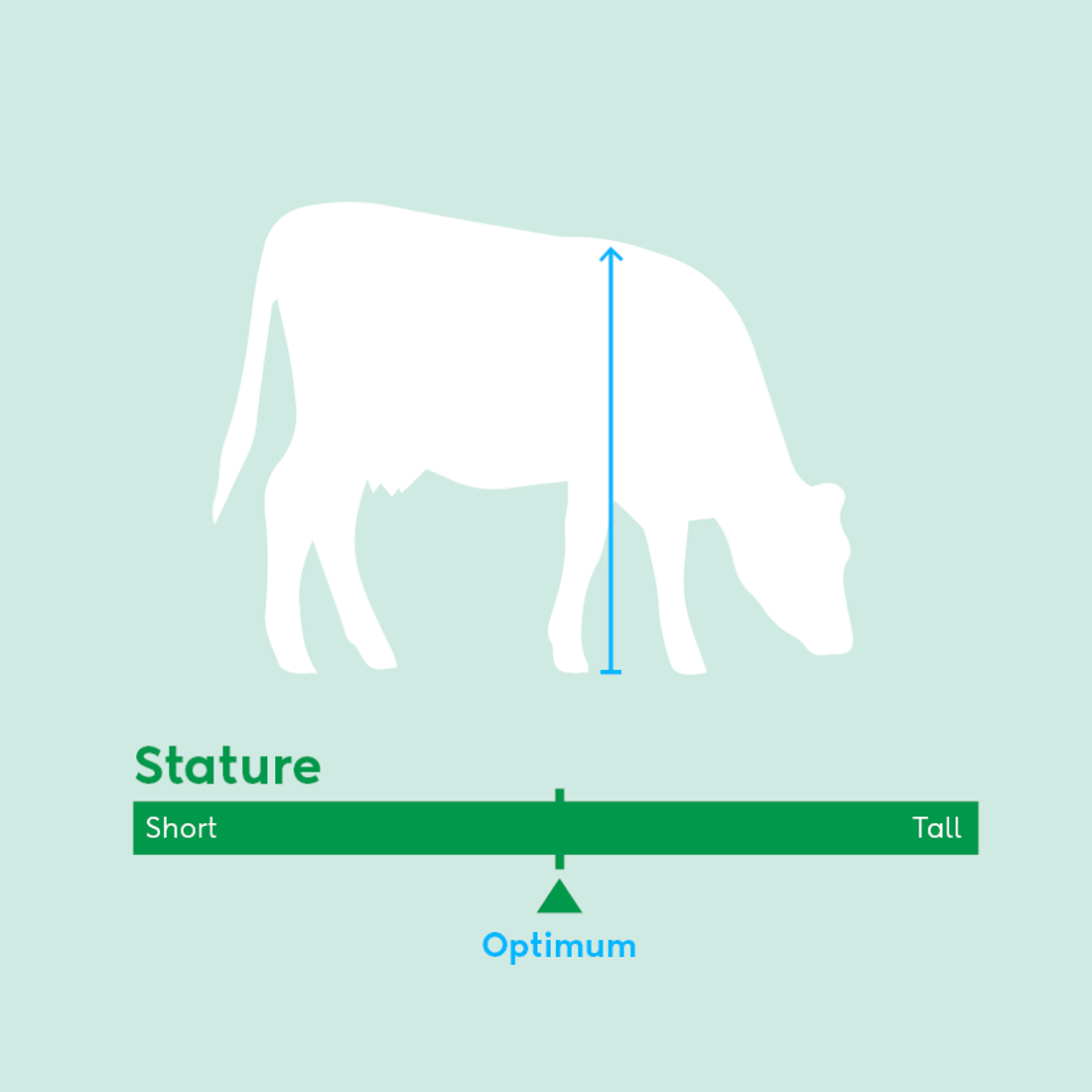

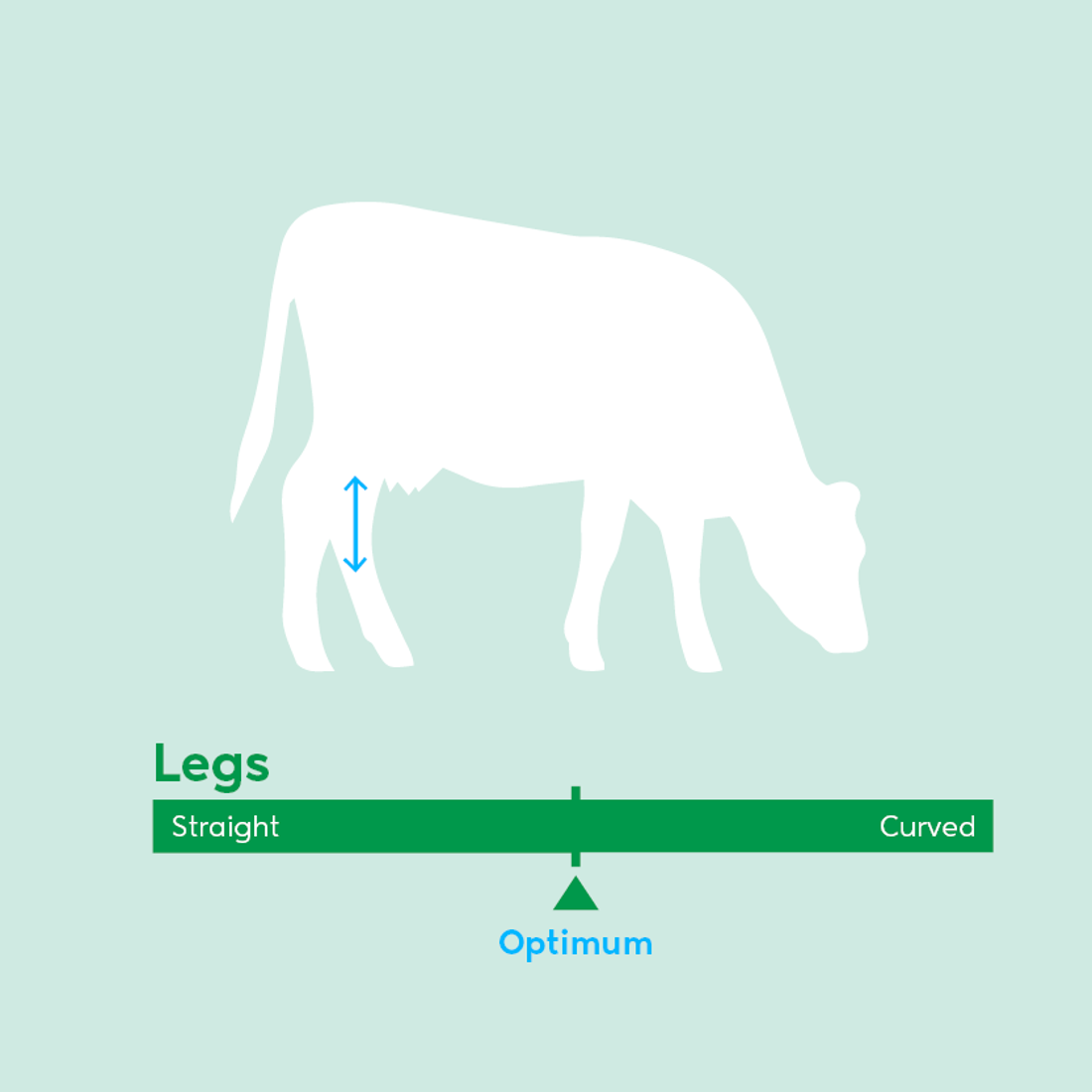

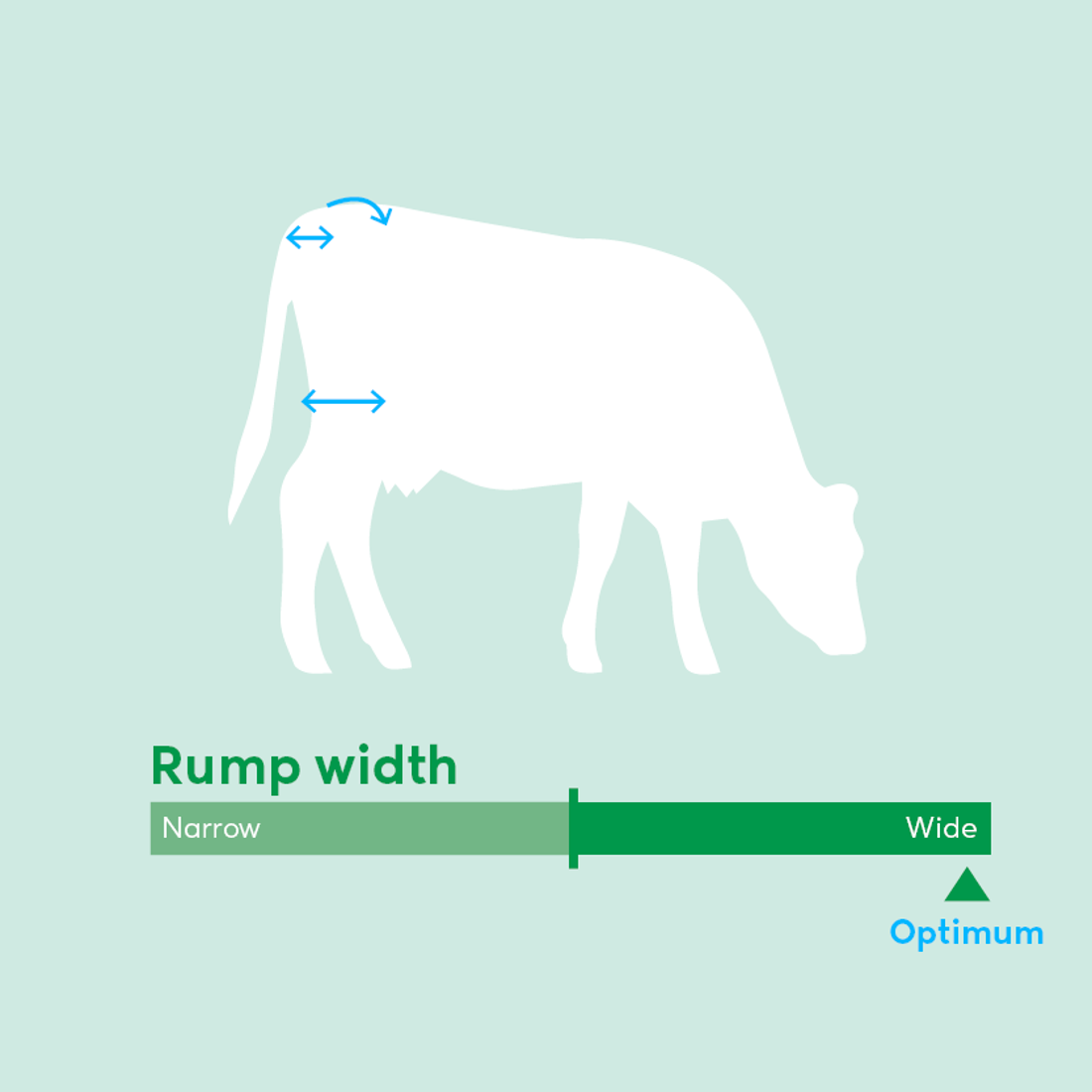

Udder scores from first lactation (two-year-old) cows that are assessed by certified TOP inspectors are used to estimate breeding values for the following seven udder traits. Each scored heifer’s data feeds into their own breeding values, as well as those of their sire, dam and other relatives.
Scroll through the images below to learn what each score represents, and how you can use them to breed improved udders in your herd.
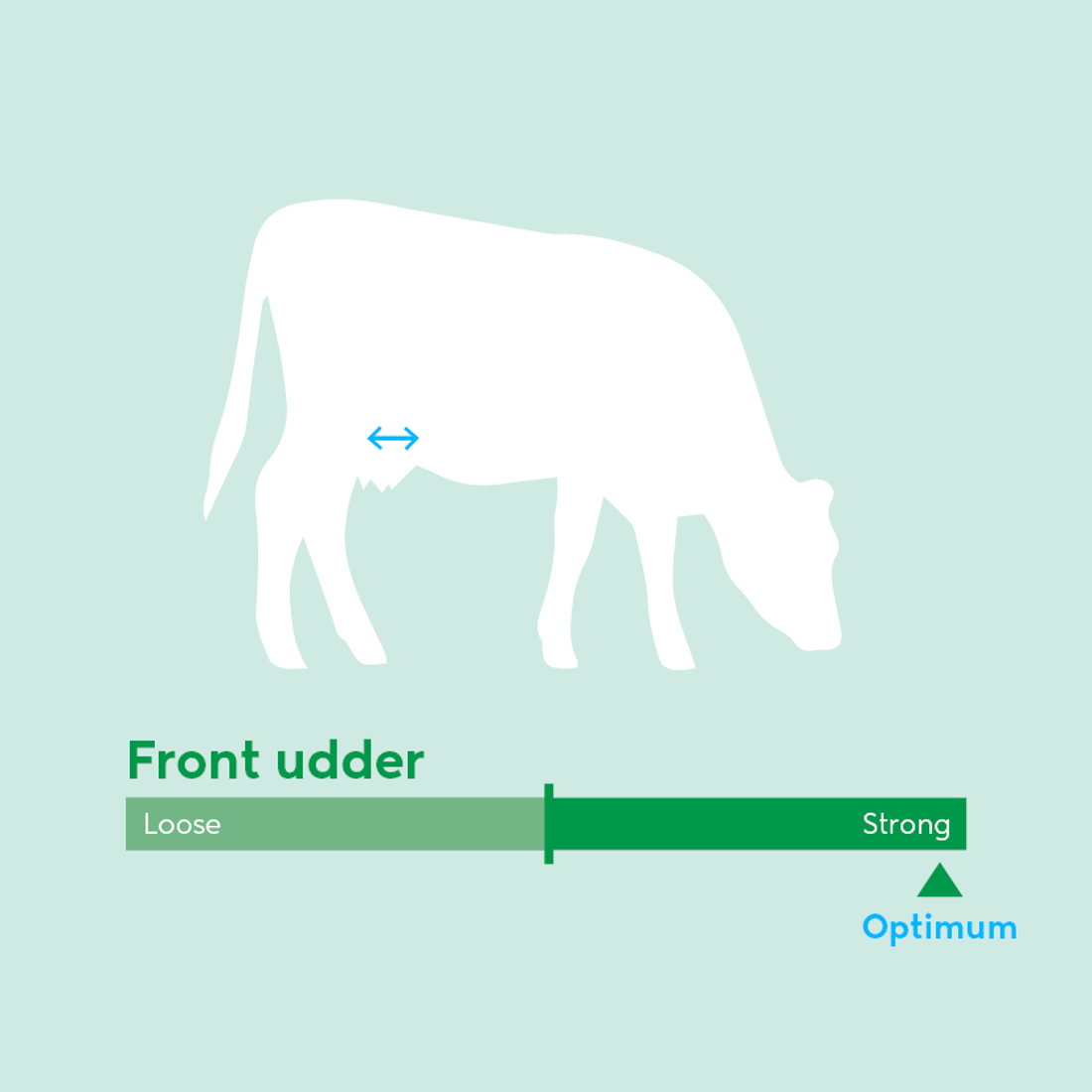
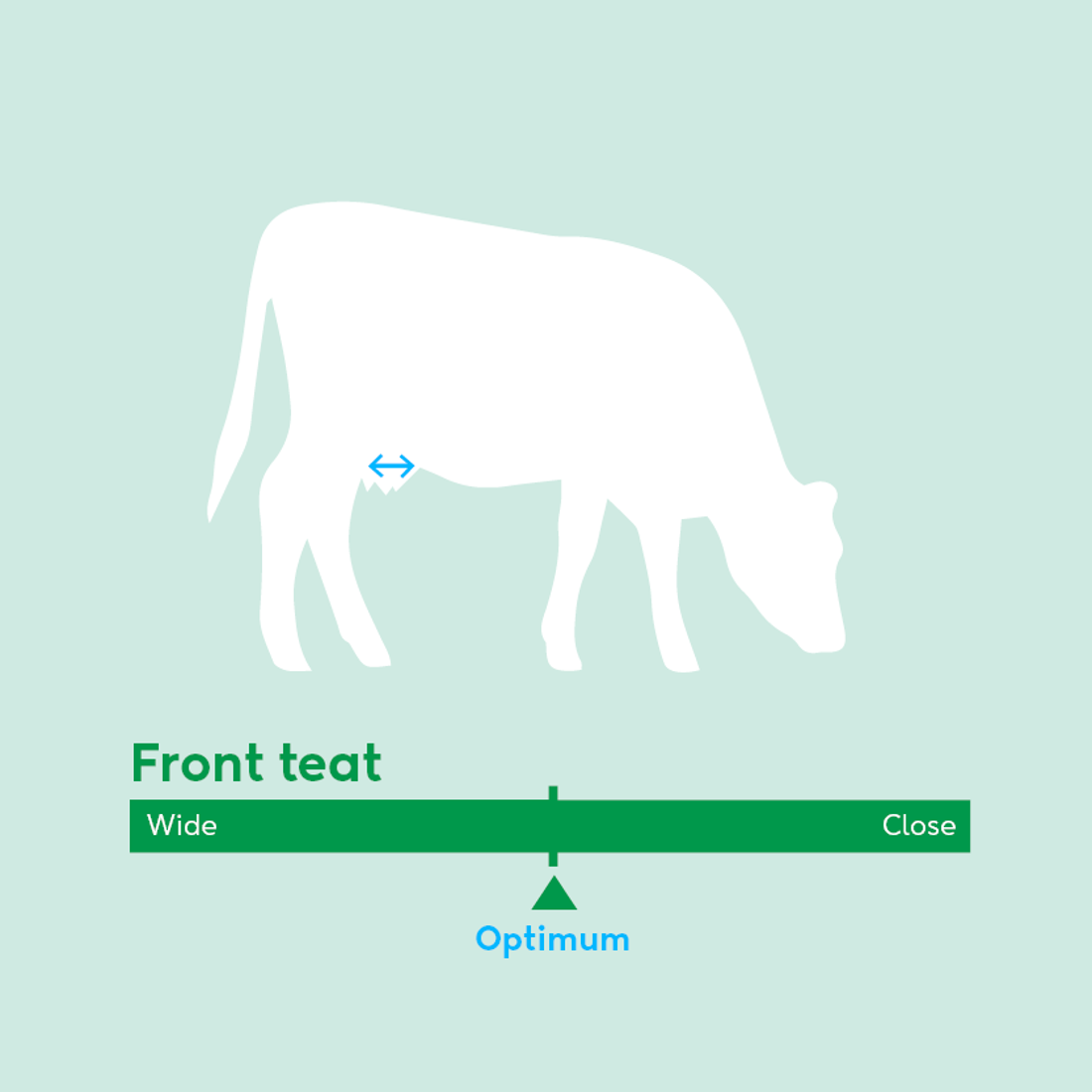
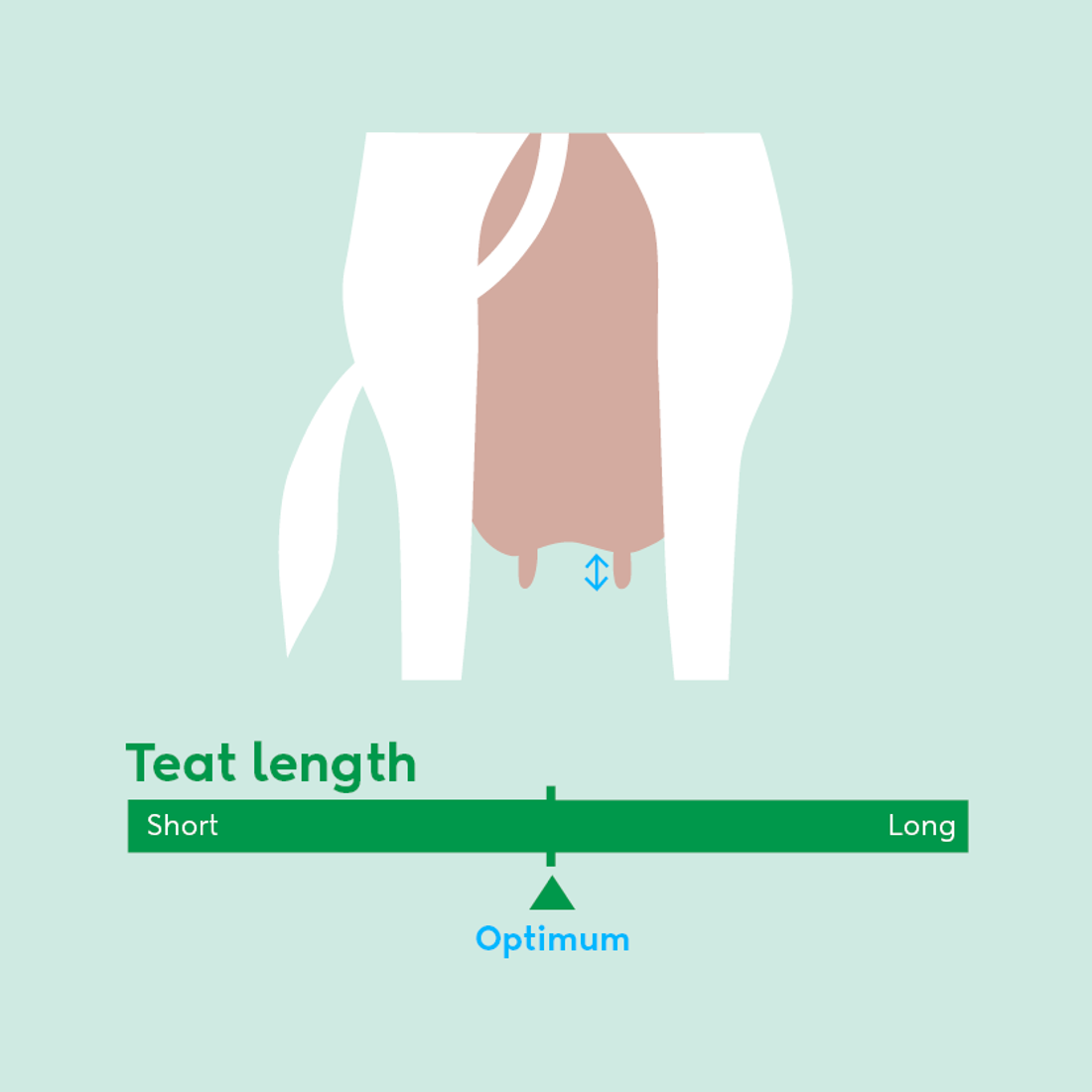
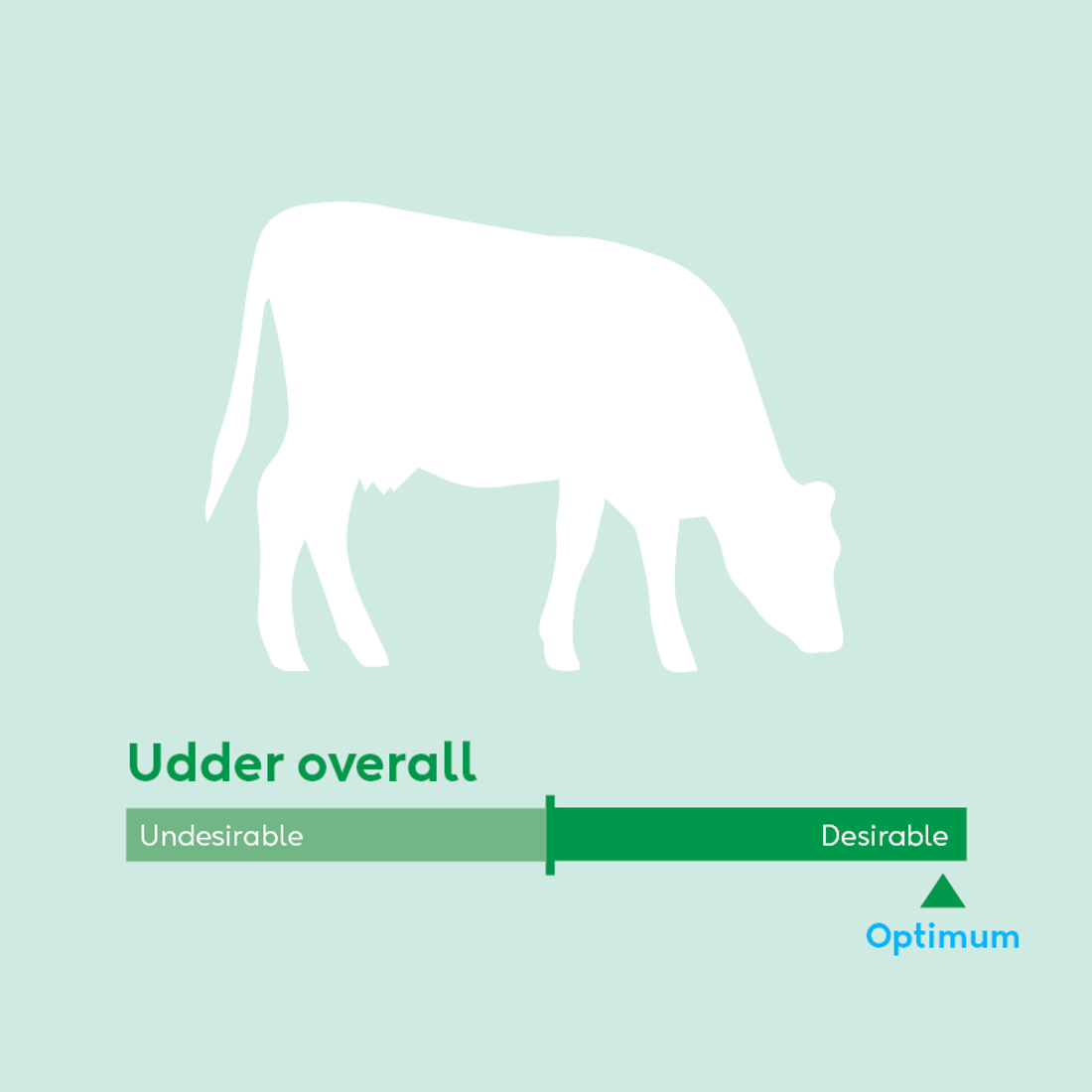

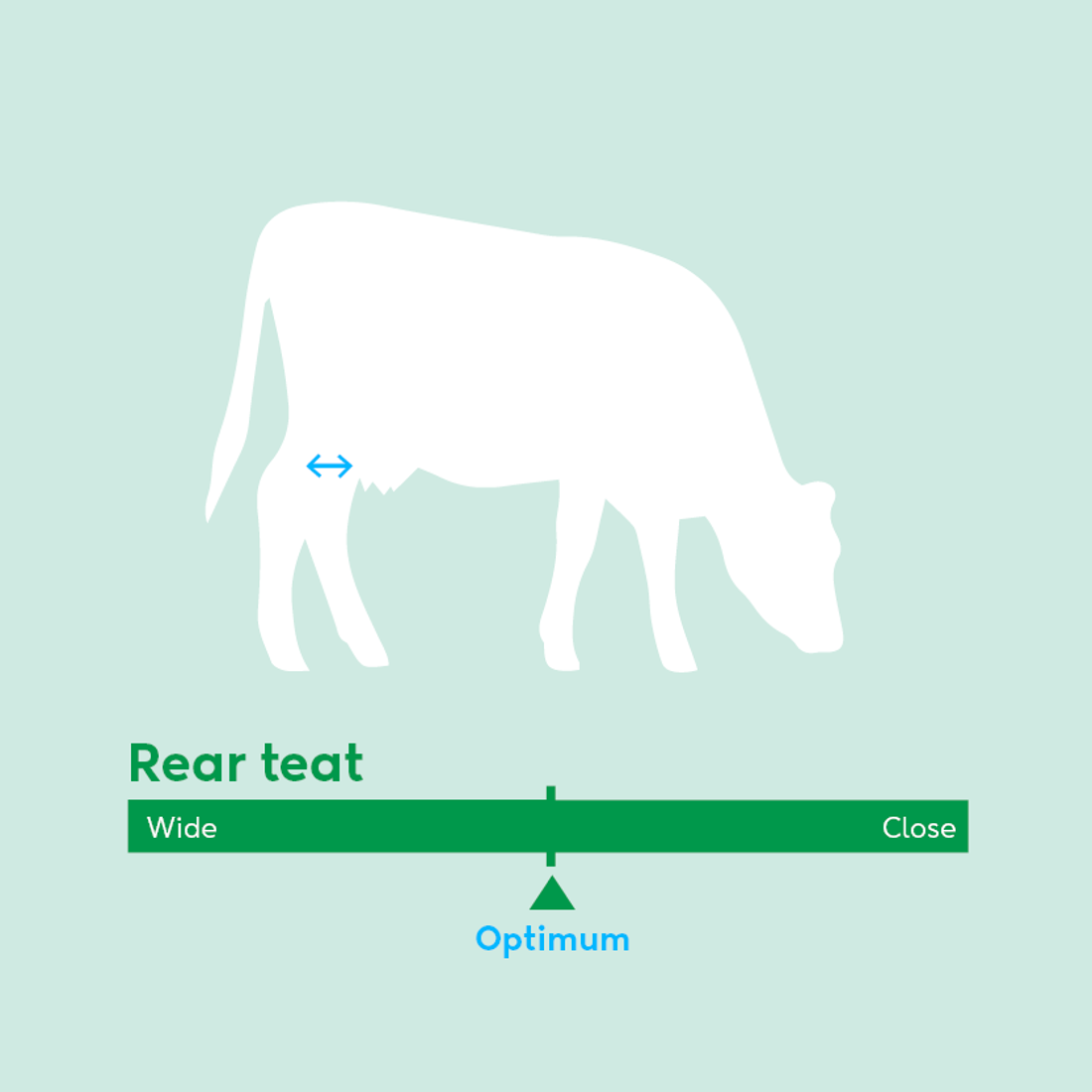

To ensure BW is comparable to all cows and bulls in New Zealand, BW is adjusted for environmental factors by grouping animals together and then adjusting the BW for a fairer comparison.
This grouping is referred to as a ‘contemporary group’ and refers to a set of cows or bulls that are usually born around the same time, raised under similar conditions, and at the same stage of production (e.g., same lactation period).
These groups help isolate genetic differences by controlling for environmental variation. By comparing animals under similar conditions, performance differences - like milk yield, fertility, or liveweight - are more likely to reflect genetic merit, not external influences.
‘Contemporary groups’ ensure that BVs are:
The factors that determine a ‘contemporary group’ for each BV trait are below. For each trait, each cow is compared with the following:
Protein yield, fat yield, milk volume: the cows in her herd that were tested on the same day, are of the same age, year and calved in the same season.
Functional survival: the cows in her herd that were weighed on the same day, are of the same age and calved in the same season.
Somatic cell score: the cows in her herd that were tested on the same day, are of the same age, year and calved in the same season.
Fertility: the cows in her herd that are of the same age and calved in the same season.
Gestation length: the cows in her herd that are of the same age and calved in the same season.
Functional survival: the cows in her herd that are of the same age and calved in the same season.
Body condition score: the cows in her herd that were scored on the same day, are of the same age and calved in the same year and season.
Udder overall: the cows in her herd that were scored on the same day, are of the same age and calved in the same year and season.
Calving difficulty: the cows in her herd that are of the same age, calved in the same season and same year.
Now’s the perfect time to check in, plan, and set up for a strong season. We’ve pulled together smart tips and tools to help you stay ahead all winter long.
Whether you prefer to read, listen, or download handy guides, we’ve got you covered with trusted tools to support your journey every step of the way.
Put our proven strategies and seasonal tools to work. Boost production, support animal health and watch your profits hum.
Tools that are backed by science, shaped by farmers and made for this season.
That’s Summer Smarts.